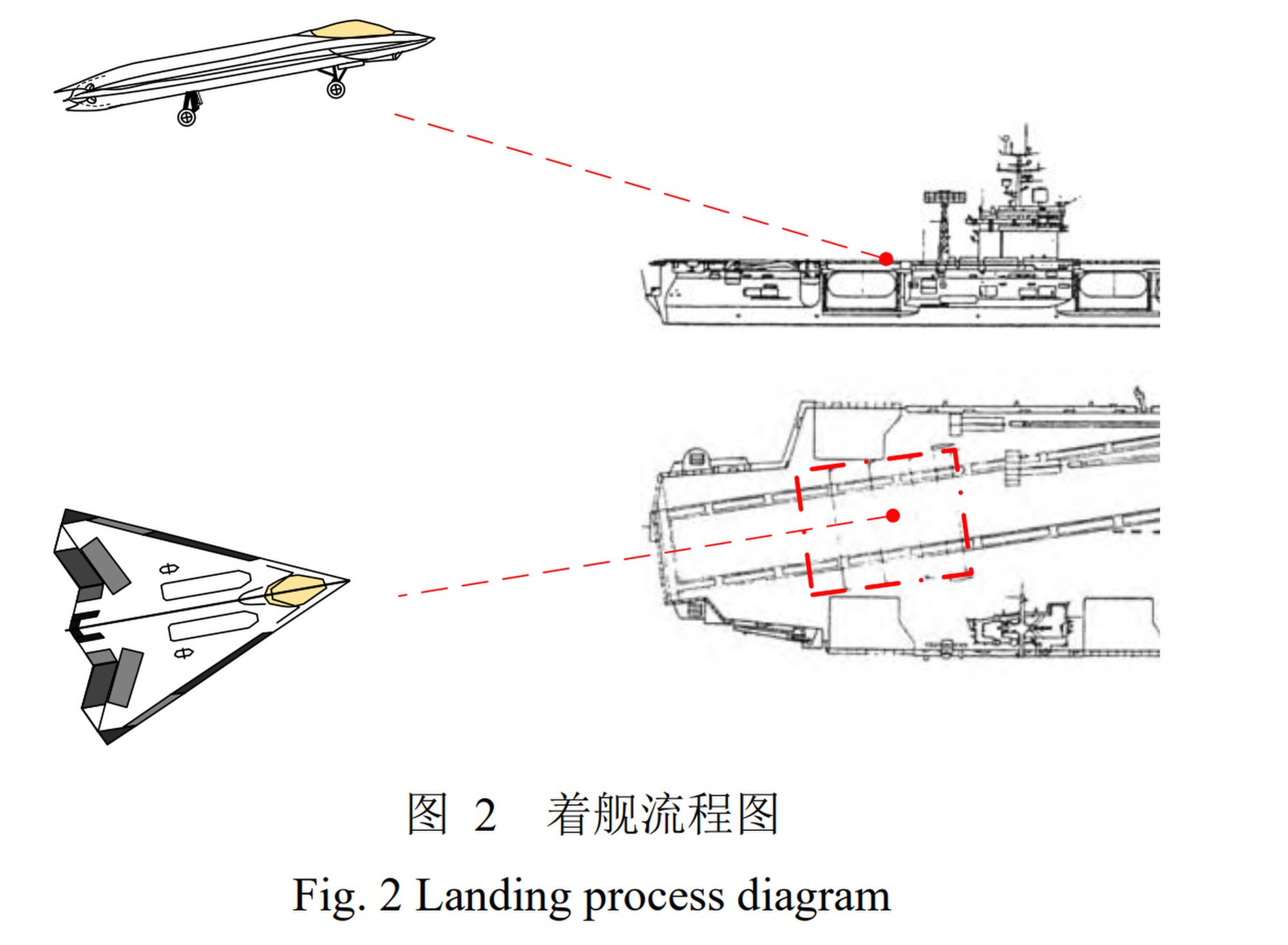The designers of China’s J-36 stealth fighter are working on a computer system that will help pilots achieve the difficult and dangerous manoeuvre of landing a sixth-generation jet on a moving aircraft carrier, according to a research paper.
The tri-engine, tailless flying-wing behemoth sent shock waves through global defence circles when it was spotted in December soaring over the mega city of Chengdu in southwest China.
Along with unprecedented stealth capabilities, the fighter – unofficially dubbed the J-36 in line with the naming convention for other Chinese military planes – boasts a blended fuselage design and enough power to potentially carry missiles for long-range strikes.
Do you have questions about the biggest topics and trends from around the world? Get the answers with SCMP Knowledge, our new platform of curated content with explainers, FAQs, analyses and infographics brought to you by our award-winning team.
A paper published last month in China’s top aviation journal, the peer-reviewed Acta Aeronautica et Astronautica Sinica, showed that the J-36 design team is in the early stages of making a naval variant suitable for use with the PLA Navy’s growing fleet of aircraft carriers.
The flying-wing problem
Tao Chenggang, deputy chief designer of the AVIC Chengdu Aircraft Design and Research Institute, said in the paper that the risk to pilots trying to land a sixth-generation plane on a carrier was “extremely high”.
Carrier-based flying-wing aircraft face a critical challenge: their radical design, which eliminates traditional tail sections for stealth and aerodynamic efficiency, makes precise landings difficult.
Without horizontal stabilisers, the planes also struggle to maintain pitch control. Redundant control surfaces – such as elevons, pitch flaps, and spoiler-slot deflectors – often interfere with one another, generating destabilising forces.

According to the paper, another headache for the design team to overcome was the “ship-airwake effect” – the disruption caused by the turbulent air that swirls behind an aircraft carrier and can violently disrupt flight paths.
Despite the difficulties, China must solve this problem, Tao wrote.
“The deployment of stealth-capable flying-wing aircraft with superior payload capacity aboard carriers holds profound strategic significance, as it could dramatically enhance a navy’s operational capabilities.”
A radical fix
In collaboration with the Nanjing University of Aeronautics and Astronautics, Tao and his team are pioneering a breakthrough technology that involves some critical innovations, the paper said.
The researchers have developed a “direct force control” system that decouples flight path adjustments from the aircraft’s posture, allowing pilots to tweak lift directly without destabilising pitch.
According to the paper, the system calculates control surface adjustments in real-time through Jacobian matrices – a mathematical model for mapping micro-deflections to changes in force – enabling it to bypass “imperfect” aerodynamic databases.
Tao and his colleagues, who noted that reliance on these databases was a chronic weakness of older systems, turned to a tailor-made module, known as a Fixed-Time Disturbance Observer (FTDO), which is often used in advanced robotic systems.
The FTDO detects and neutralises cross-coupling effects between control surfaces in seconds, using algorithms inspired by quantum mechanics. During simulations, it withstood synthetic airwakes mimicking very rough sea conditions with waves of up to six metres (19ft 8.2in), according to the study.
The Chinese solution integrates 3D thrust vectoring with novel surfaces like “drag rudders” embedded in the wings, in contrast to the US Navy’s Magic Carpet system, designed for conventional tails, the researchers noted.
During landings, spoiler-slot deflectors modulate airflow over the rear flaps, preserving control authority even in some unplanned flight conditions, the paper said.
Simulation results
The system was tested across a large number of simulated landings under extreme conditions – including strong crosswinds and high deck heaves – and displayed uncanny precision, according to the team.
The researchers conducted 30 simulated landings for each of three different sea conditions, featuring varying ship airwakes and deck motions. The tests showed the system could help a pilot to reduce altitude error to just two centimetres during strong turbulence.
“The landing dispersion results indicate that nearly all touchdown points were clustered between the second and third arresting wires across all three sea states,” they wrote.
“This further demonstrates that direct force control effectively suppresses disturbances from both ship airwakes and dynamic deck movements, enabling precise landings for flying-wing configuration aircraft.”
Beyond Magic Carpet
While drawing parallels to the US Navy’s Magic Carpet software – which simplified carrier landings for F/A-18 Super Hornet pilots – the Chinese engineers stressed that there were critical differences between the two systems.
Where Magic Carpet used preprogrammed gain schedules for tails and flaps, the Chinese system treated every surface as a dynamic variable. When thrust vectoring interacted with, say, pitch flaps, the Jacobian matrix recalculated optimal deflections at much higher speeds, thanks to its efficient algorithms, they said.
Looking forward
Much work remains to be done, but the research suggests that China’s ambition is for its sixth-generation fighters to be able to operate in blue waters far from the Chinese mainland.
“Following the completion of preliminary exploratory designs, the next phase of work will focus on optimising the control architecture to enhance robustness under control surface failure scenarios,” the paper said.
“These efforts aim to develop a practically viable precision landing methodology, ultimately laying the foundation for deploying such tailless configurations on naval carriers.”
More from South China Morning Post:
- China releases footage of sixth-generation J-36 fighter. What clues does it offer?
- Comac C949: China unveils quiet supersonic jet with 50% longer range than Concorde
- Questions remain 5 years after death in US of celebrated Chinese scientist Nongjian Tao
For the latest news from the South China Morning Post download our mobile app. Copyright 2025.





